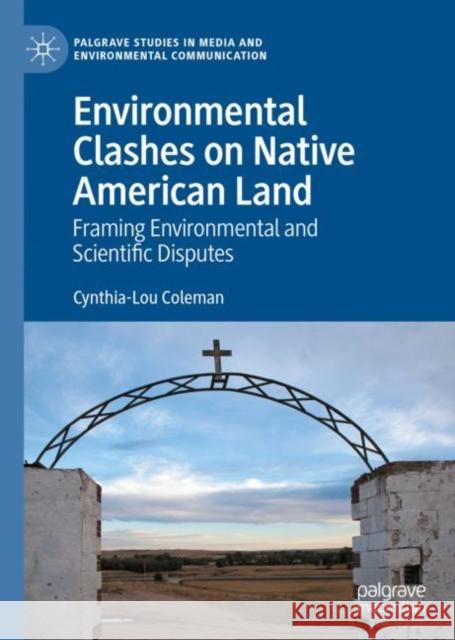Environmental Clashes on Native American Land: Framing Environmental and Scientific Disputes » książka
topmenu
Environmental Clashes on Native American Land: Framing Environmental and Scientific Disputes
ISBN-13: 9783030341053 / Angielski / Twarda / 2020 / 160 str.
Environmental Clashes on Native American Land: Framing Environmental and Scientific Disputes
ISBN-13: 9783030341053 / Angielski / Twarda / 2020 / 160 str.
cena 261,63
(netto: 249,17 VAT: 5%)
Najniższa cena z 30 dni: 250,57
(netto: 249,17 VAT: 5%)
Najniższa cena z 30 dni: 250,57
Termin realizacji zamówienia:
ok. 22 dni roboczych.
ok. 22 dni roboczych.
Darmowa dostawa!
Kategorie:
Kategorie BISAC:
Wydawca:
Palgrave Pivot
Seria wydawnicza:
Język:
Angielski
ISBN-13:
9783030341053
Rok wydania:
2020
Wydanie:
2020
Numer serii:
000761597
Ilość stron:
160
Waga:
0.36 kg
Wymiary:
21.01 x 14.81 x 1.12
Oprawa:
Twarda
Wolumenów:
01
Dodatkowe informacje:
Wydanie ilustrowane











